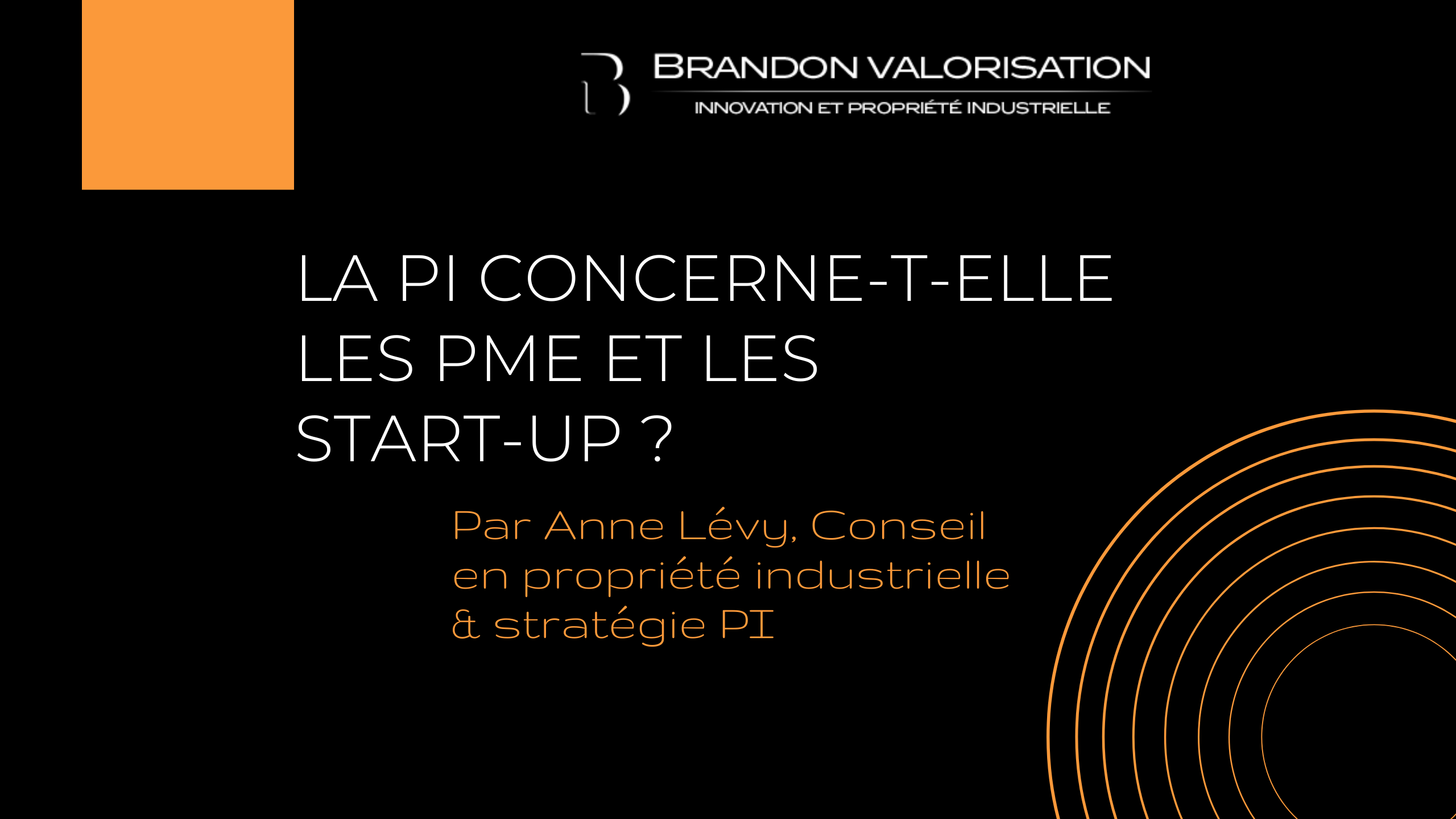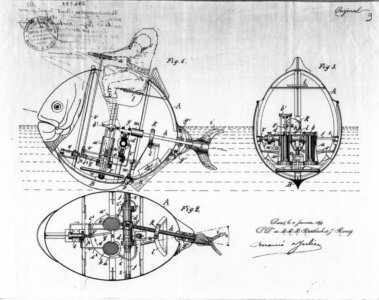While some are still puzzled about this question, others are certain that SMEs are far too undersized to think about intellectual property protection for their innovations. They assert that the cost is, after all, far too high to consider such a path.
Except that…
Filing a patent application costs around € 5,000. It is therefore an investment affordable for most SMEs as well as for start-ups. In addition, this first step may be eligible for funding. At this stage, it is too early to anticipate expenditures over 20 years’ time. Indeed, after the French patent application, it is possible, within one year, to acquire an additional period of 18 months thanks to the PCT (Patent Cooperation Treaty) international application procedure.
This delays the national and/or regional entry phase up to 30 months, knowing that these are the really expensive phases in the patent life. This is therefore the time you have to choose the countries in which you want to operate, and so to extend your patent application.
Thus, over the first 30 months, the costs for providing a first protection for the company are in the amount of about €10,000 (plus tax).
This period of time is generally sufficient to allow the company to validate its innovation project, make a prototype, validate the market potential and make the first sales.
If market expectations are true, then an appropriate industrial property strategy could be considered in the countries in which the product or process will be marketed. It will make it possible to ensure the exclusivity (monopoly) of exploitation of the invention and not to see its R&D efforts benefiting the competitors.
It should also be noted that it may be wise not to limit geographic protection only to the countries in which the company sells its products.
Indeed, once an intellectual property right exists, it is possible not only to operate the product directly, exclusively on the area the company is located in, but also to grant operating licenses, possibly in other fields of application.
This is how the company secures licensing revenue, in addition to profits generated from its own sales.
When protected with intellectual property, your innovative technology, being exploited by you and your licensed partners, will generate more revenue than if it were not protected.
A concrete example
An SME which works in the field of flexible packaging has developed a high-precision printing technique for luxury products. It filed a first patent application to protect the innovation resulting from its research and development process.
In order to find some other fields of application, it uses an external firm specialized in finding potential users for its technique.
This firm identified a need in the fiduciary sector. The company was eventually able to grant several licenses in France and other countries.
Anne Levy is an industrial property attorney and Partner in the law firm Brandon IP (formerly BLETRY & ASSOCIES). Since 2018, she is also vice-president of the Professional Excellence Commission of the International Federation of Intellectual Property Attorneys – FICPI.
Among its activities, its involvement within Brandon Valorisation allows her to work on issues of valuation and commercialization of IP.
See Brandon IP website: www.brandon-ip.com




